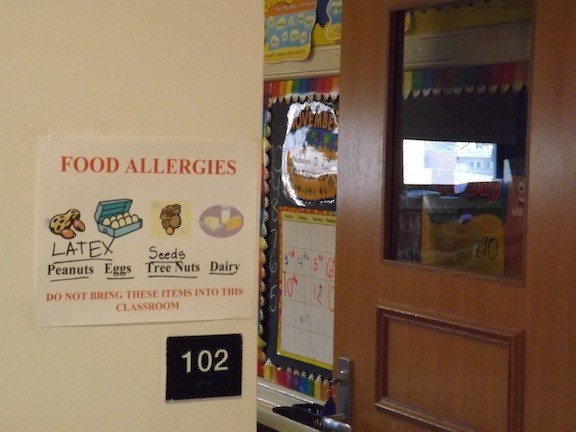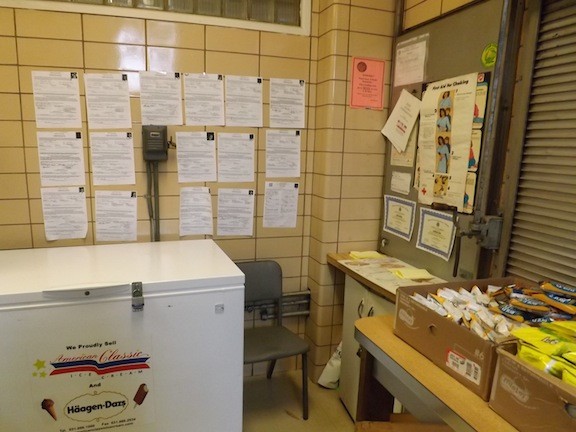Food allergies a focus for school officials
This story is the fourth in series about food allergies in children. For other installments, visit liherald.com and search “food allergies.”
The recent rise in food allergies among children has heightened the awareness of teachers, administrators and nurses in local schools. Educators and staff in the East Rockaway and Lynbrook school districts, as well as parochial schools, are being trained to respond to these potentially life-threatening situations.
According to Food Allergy Research & Education, more than 15 percent of school-aged children with food allergies have had a reaction in school. Knowing that every minute is crucial when a child has an allergic reaction, Our Lady of Peace nurse Patti Harmon and Centre Avenue Elementary School nurse Alice Calabrese lead training exercises each year at their respective schools so educators can identify anaphylaxis — a severe, potentially fatal reaction — and administer epinephrine.
Harmon said it’s important for other adults in the school to have training administering epinephrine in case she is in a different part of the building. “Time is precious,” she said.
“We make sure that we keep them as safe as possible,” Calabrese said of the more than 40 students at Centre Avenue with some form of food allergies. “And in the unlikely event that something should happen, we want [staff members] prepared.”
There have been no cases of anaphylaxis in Lynbrook or East Rockaway schools, or at OLP, to date, but nurses and administrators said they’re always careful to make sure that remains the case.
“When children come down to go to the nurse I always look to see if it’s a [food-allergic] child or not,” said Sister Mary Dowden, principal at OLP. “I always worry when people bring things in. When they leave something for us to bring to the classroom we always have to check it out.”
In East Rockaway, every teacher gets a list of children with food allergies. Epinephrine injectors are stored in the respective nurses’ offices and the main offices along with color-coded charts that show which students get which injectors.

 50.0°,
Overcast
50.0°,
Overcast 









